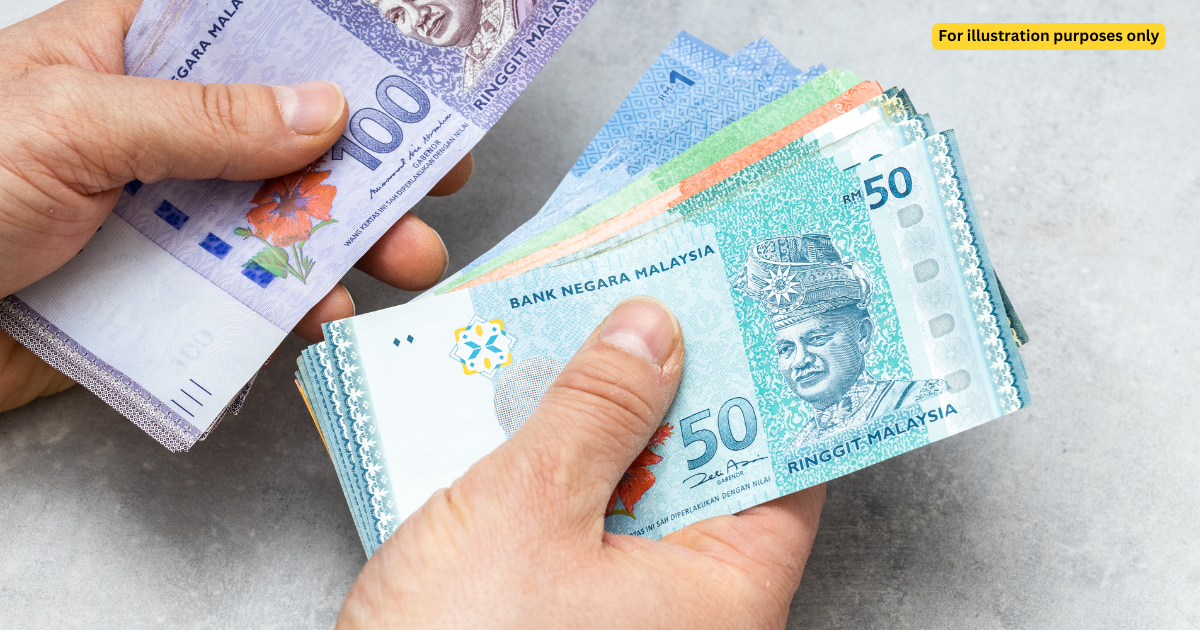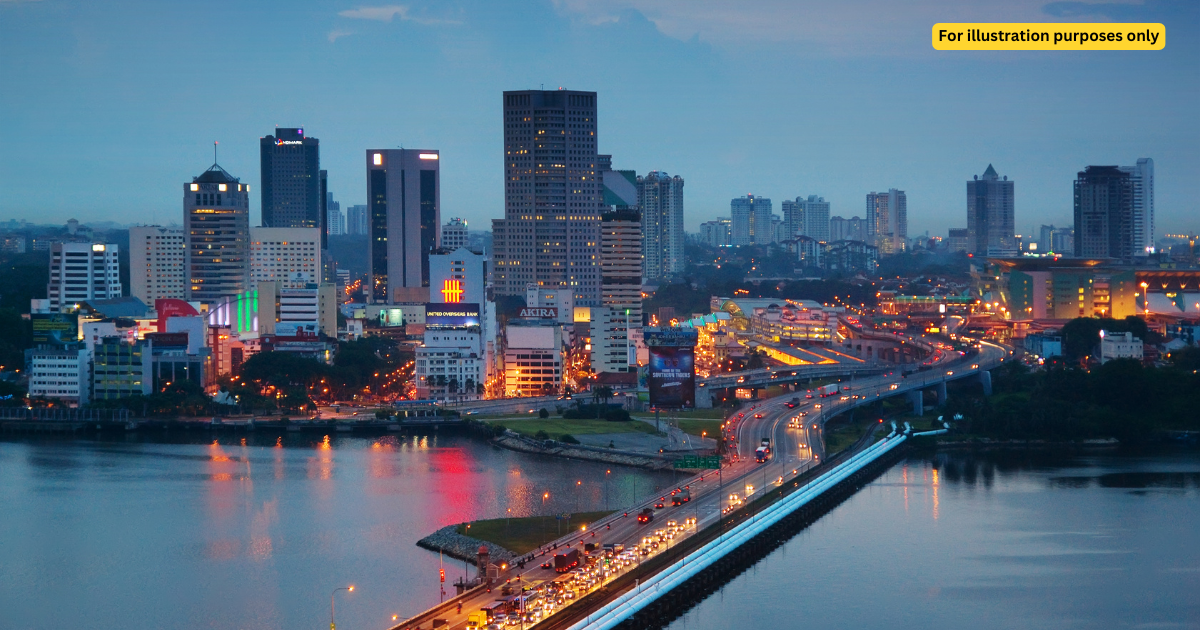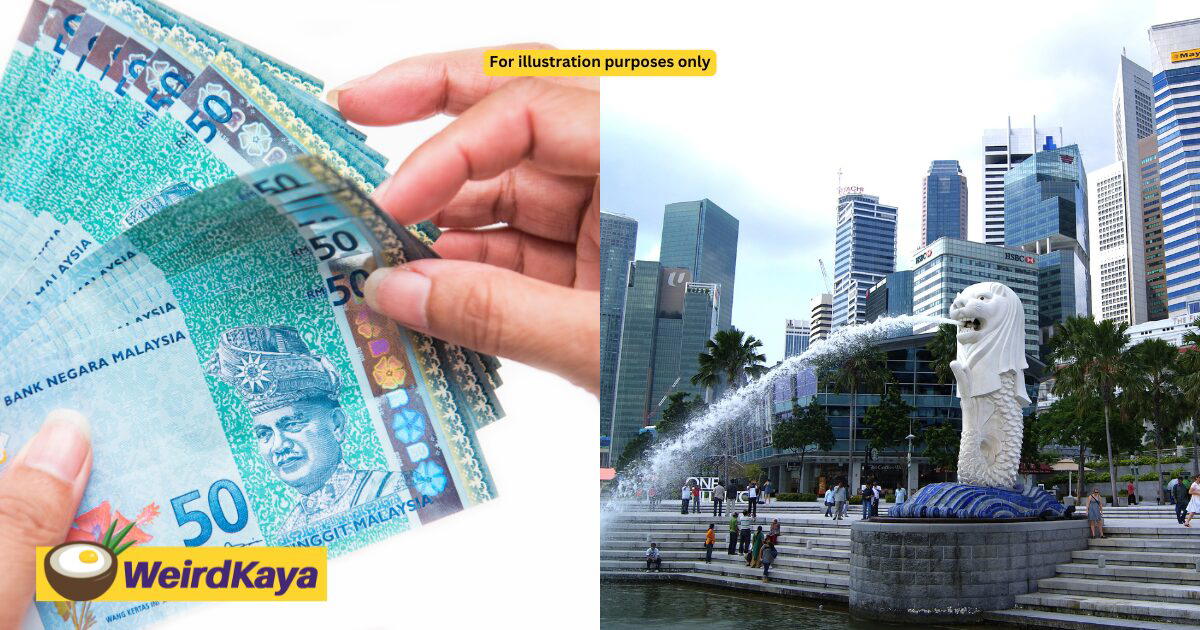The ringgit may be gaining strength, but for many Singaporeans, the real deciding factor hasn’t changed: Malaysia still feels “worth it.”
From cheaper groceries to affordable services and dining, the value proposition remains strong enough to keep them coming even as the currency hits its strongest level against the Singapore dollar in over a year.
According to Malay Mail, which cited a report by Channel News Asia, Singaporean visitors say the improving exchange rate has little impact on their regular cross-border plans.
“Value for money still there,” say Singaporeans

Edmund Lee, a finance worker from Singapore, crosses into Johor Bahru every few weeks for groceries and meals.
“For me, it doesn’t matter because I don’t spend much here,” he said, adding that Malaysia’s “value for money” remains intact.
His sentiment is shared by many Singaporeans who believe that even with the currency shift, Malaysia still offers savings, convenience and variety that are hard to find back home.
Their continued presence provides a strong buffer for Malaysia as it navigates the mixed economic effects of a resurgent currency one that benefits some sectors while squeezing others.
Ringgit rebounds after 26-year low
The ringgit’s recovery has been notable. After falling to a 26-year low against the US dollar in February 2024, it has since rebounded to a one-year high.
Against the Singapore dollar, it climbed from around RM3.50 in January 2024 to roughly RM3.19 this week, a significant shift that might have discouraged travel. But JB businesses say they haven’t seen any slowdown.
“Singaporeans still coming”

At a car wash just a kilometre from the Woodlands Causeway, manager Ramesh Ponnayah said that Singaporean customer traffic has remained consistent.
“Demand from Singapore continues to be strong,” said Ivan Teo, chairman of the Malaysian Association of Hotels’ Johor Chapter.
While Johor is bracing for up to a 25% dip from more currency-sensitive markets such as Indonesia and Thailand, Singaporeans with their higher purchasing power and preference for short, frequent trips remain Johor’s most dependable tourism base.
Strong Ringgit helps consumers, hurts exporters
On the domestic front, the stronger ringgit is a welcome boost.
Import-reliant businesses such as garment makers are enjoying cheaper material costs from China. Garment importer Chua Hunt said the stronger ringgit allows them to improve quality and reduce cost pressures.
Consumers are also benefiting, with motorcycle dealers reporting a rise in customers upgrading to bigger and more expensive bikes.
But exporters paint a very different picture.
Economists say industries like furniture and gloves face a “double-whammy”: a strong ringgit making their goods more expensive overseas, and pre-existing US tariffs that already limit competitiveness.
Why the Ringgit is strengthening
Analysts attribute the ringgit’s rally to two key drivers:
1. Expectations of US Federal Reserve rate cuts, which increase investor appetite for emerging market currencies.
2. Malaysia’s fiscal reforms, including subsidy rationalisation and steps to improve financial discipline, which have boosted investor confidence.
Despite the contrasting impacts at home, one trend remains clear: Singaporean visitors aren’t put off.
Even with a stronger ringgit, their steady flow continues to fuel Johor Bahru’s tourism economy proving that Malaysia’s appeal goes beyond the exchange rate.


